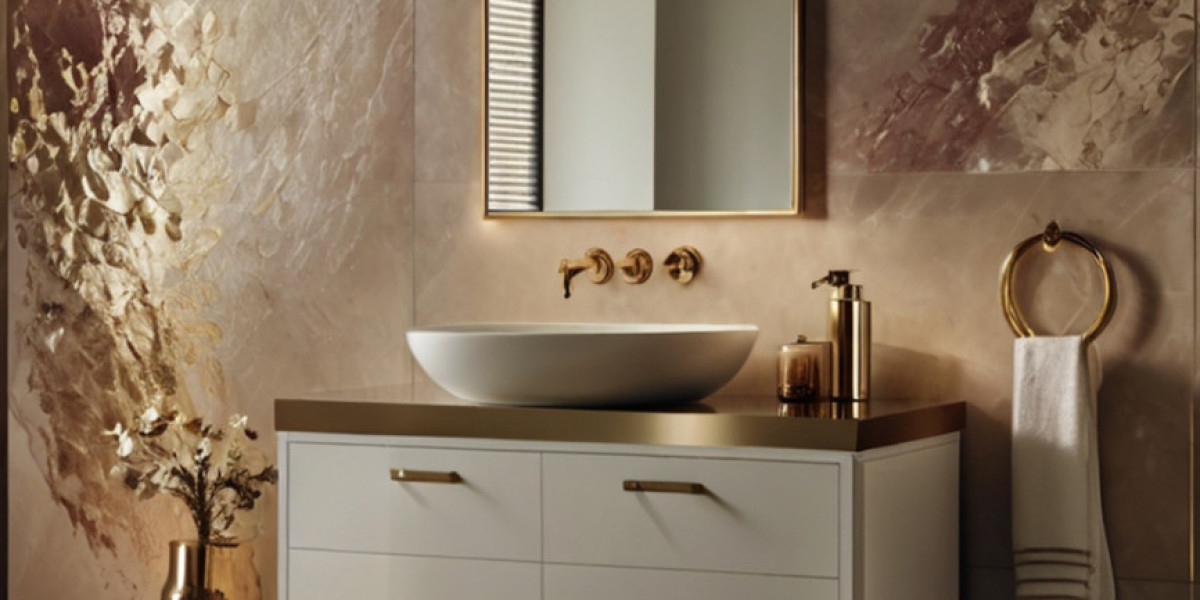Selecting the correct flush tank for your bathroom may not appear to be a major decision, but it has a great impact on the functionality and appearance of your bathroom. A flush tank impacts water consumption, comfort, beauty, and even the long-term integrity of your bathroom arrangement. With so many types, designs, and options to choose from these days, knowing your options is important in order to make the correct choice for your house.
1. Familiarize Yourself with Your Bathroom Design
When choosing a flush tank, look at your bathroom's design, size, and plumbing system. The amount of space and the position of water connections can affect what kind of tank will suit you.
Small bathrooms can accommodate wall-mounted or hidden tanks to maximize space.
Conventional designs with floor-standing toilets usually complement exposed or close-coupled tanks.
Remodeling jobs can provide greater tank placement flexibility, whereas retrofitting can restrict your choices to fit current plumbing.
2. Familiarize Yourself with Flush Tank Types
Flush tanks are available in a variety of designs, each providing varying advantages:
Close-Coupled Tanks: These are installed on the toilet bowl's rear. They are standard, inexpensive, and simple to install.
Hidden Tanks: Hidden within the wall, these give a thin, contemporary finish and conserve floor space. Best for minimalist bathrooms but higher in complexity of installation and upkeep.
Wall-Mounted Tanks: Placed higher above the toilet and attached with a pipe. These provide an antique look and robust gravity-aided flush.
Low-Level and High-Level Cisterns: Low-level tanks are installed just above the bowl with a short flush pipe, whereas high-level tanks are installed close to the ceiling, providing a vintage look.
3. Keep Flush Mechanisms in Mind
Various flushing mechanisms affect water consumption, energy, and convenience:
Single Flush: Dispenses a predetermined amount of water. Efficient but less convenient for light waste.
Dual Flush: Provides two choices—usually a low-volume flush for liquid waste and a full-volume flush for solids. This option can make a considerable difference in water consumption.
Pressure-Assisted Flush: Forces water into the bowl using air pressure. Provides strong flushing and is suited for commercial or heavy-use applications.
Gravity-Feed Flush: Relies on gravity to guide water from the tank to the bowl. Quiet, dependable, and typical in most households.
4. Emphasis on Water Efficiency
In this environmentally friendly age, efficiency with water is a necessity. Find models that comply with, or surpass, regional water-conservation standards:
WaterSense-rated models (in the United States) consume 1.28 gallons per flush (GPF) or less.
Dual-flush toilets operate with 0.8 GPF for less waste and 1.6 GPF for heavy waste.
Low-flow reservoirs save utility money and help preserve precious water supplies.
5. Match Your Style
Though functionality is most important, the flush tank must also fit your bathroom's style:
Modern and minimalist bathrooms are wonderful with hidden tanks and streamlined flush plates.
Vintage or country styles are perfect with exposed or high-mounted tanks.
Modern bathrooms appreciate small, close-coupled tanks with smooth lines.
Flush levers and buttons are also found in other finishes such as chrome, matte black, or brushed nickel to match your overall décor.
6. Look for Durability and Maintenance
Select a flush tank constructed of long-lasting materials such as superior quality plastic or ceramic. Keep maintenance in mind:
Uncovered tanks are simpler to repair and access.
Hidden tanks need to be reached behind an access panel and possibly serviced by a professional.
Models with warranties and replaceable internal components will provide reliability over the long term.
Conclusion
Selecting the proper flush tank for your bathroom is a matter of finding a balance between function, efficiency, and aesthetics. Begin by assessing the space and configuration of your bathroom, and then pick the tank style and flushing mechanism that most closely meets your lifestyle and needs. Both water efficiency and durability top the list to keep your bathroom looking stylish, affordable, and eco-friendly for years to come.
Resources:
https://msnho.com/blog/kitchen-sink-installation-type

